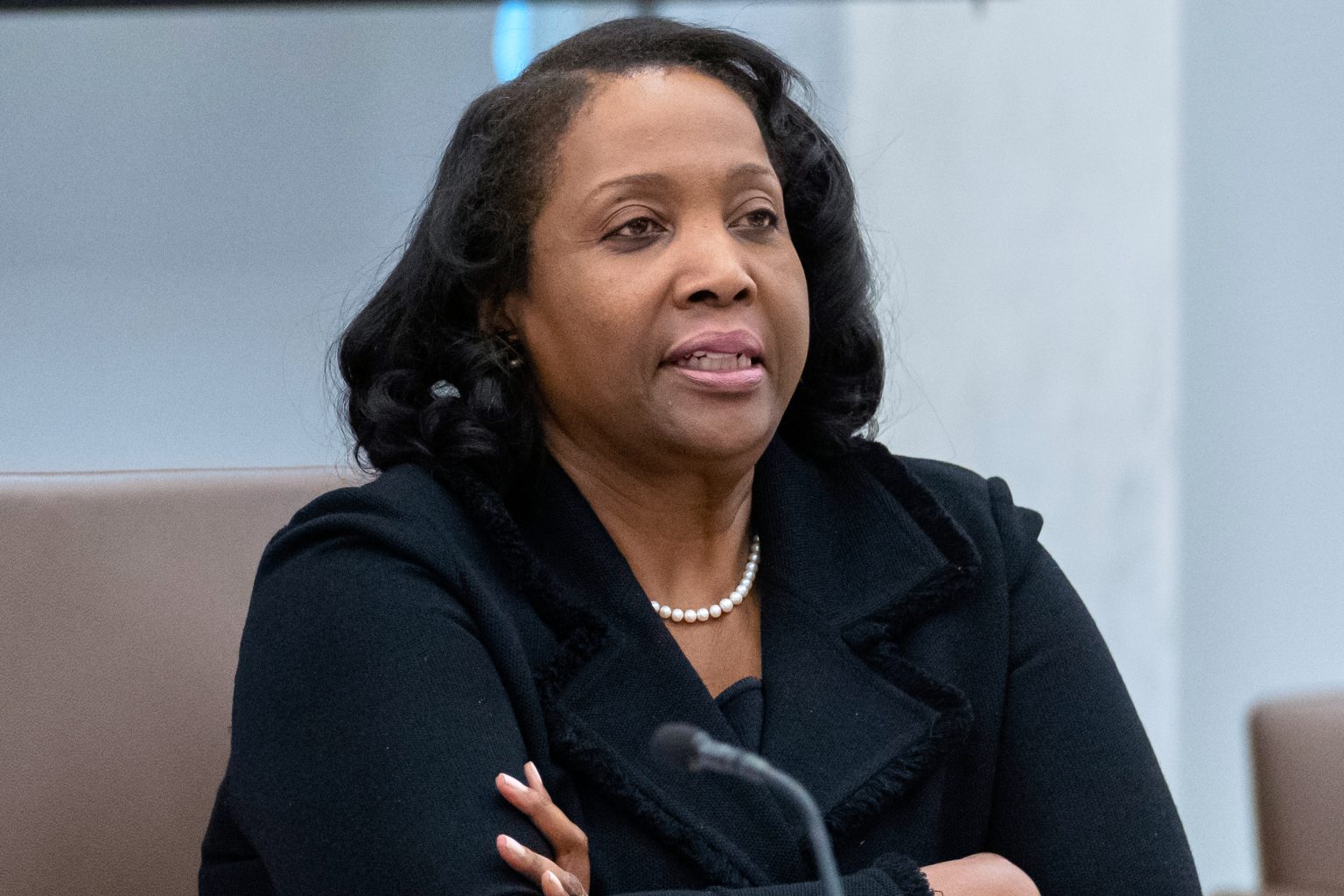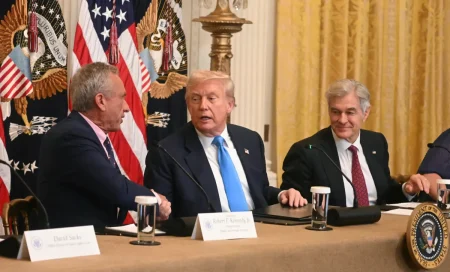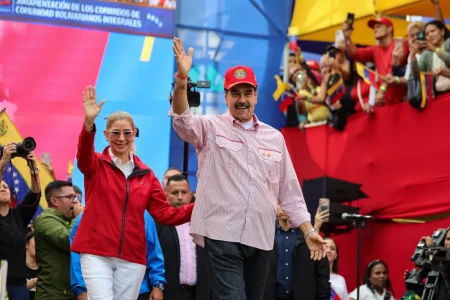Federal Appeals Court Rules Fed Governor Cook Can Remain in Position Amid Trump’s Removal Attempt
In a significant development for the Federal Reserve’s leadership, a federal appeals court ruled on Monday that Federal Reserve Governor Lisa Cook can retain her position on the central bank’s governing board. This ruling represents a substantial setback to President Donald Trump’s unprecedented effort to remove a sitting Federal Reserve official. The decision comes at a critical juncture, just one day before the Federal Reserve begins its important two-day meeting to determine interest rates—a key policy decision that affects everything from mortgage rates to business loans across the American economy. The timing underscores the high stakes of this institutional conflict, as the independence of the Federal Reserve has long been considered essential to its ability to make monetary policy decisions free from short-term political pressures.
The legal battle began when President Trump moved to fire Cook on August 25, citing allegations of mortgage fraud. However, a federal judge last week declared this removal illegal and reinstated Cook to her position on the Fed’s seven-member Board of Governors. Despite this initial setback, the Trump administration has signaled its intention to quickly appeal the decision to the Supreme Court, making a final attempt to remove Cook before the Fed concludes its monetary policy discussions. The allegations against Cook, brought forward by Trump appointee Bill Pulte, center on claims that she designated two properties as “primary residences” in July 2021 prior to joining the Federal Reserve Board—a designation that typically allows homeowners to secure more favorable mortgage terms, including lower interest rates and reduced down payment requirements compared to loans for rental or second home properties.
Cook has firmly denied these allegations, maintaining her eligibility to serve on the Board of Governors. The controversy occurs against the backdrop of the Senate’s confirmation of Stephen Miran, Trump’s nominee for an open position on the Federal Reserve Board, effectively adding another Trump appointee to the governing body. This ongoing tension between the executive branch and the Federal Reserve highlights broader questions about central bank independence and the boundaries of presidential authority over financial regulatory institutions. The Federal Reserve’s independence has historically been defended as crucial to its ability to make objective economic decisions, particularly during periods of political transition or economic uncertainty.
The dispute represents an unprecedented challenge to the traditional separation between presidential politics and Federal Reserve governance. Since the modern Federal Reserve system was established in 1935, no president has attempted to unilaterally remove a sitting governor before the expiration of their 14-year term. This longstanding norm has been designed to insulate monetary policy decisions from political influence, allowing Fed officials to make potentially unpopular but economically necessary decisions without fear of immediate political repercussions. The current confrontation thus raises fundamental questions about institutional boundaries and the checks and balances intended to preserve the Fed’s operational independence while maintaining appropriate democratic accountability.
The court’s decision to allow Cook to remain in her position comes at a particularly sensitive time for the American economy. The Federal Reserve’s upcoming meeting will evaluate current economic conditions and determine whether adjustments to interest rates are necessary to balance the dual mandates of price stability and maximum employment. Any disruption to the Fed’s decision-making process could potentially introduce uncertainty into financial markets already navigating complex economic signals. Cook’s continued presence on the board maintains the current composition of voting members as they deliberate on monetary policy, preventing what could have been a sudden shift in the decision-making dynamics of the central bank at a critical juncture.
As this situation continues to unfold, the ultimate resolution may establish important precedents regarding presidential authority over independent agencies and specifically the Federal Reserve. The pending appeal to the Supreme Court could potentially clarify the legal framework governing the removal of Federal Reserve governors and other officials in independent agencies. Beyond the immediate question of Cook’s position, this case touches on fundamental principles of institutional design in American governance—balancing political accountability with the need for certain economic decisions to be insulated from short-term political considerations. Whatever the final outcome, this dispute highlights the ongoing tension between presidential authority and institutional independence that has characterized American political economy throughout its history.














